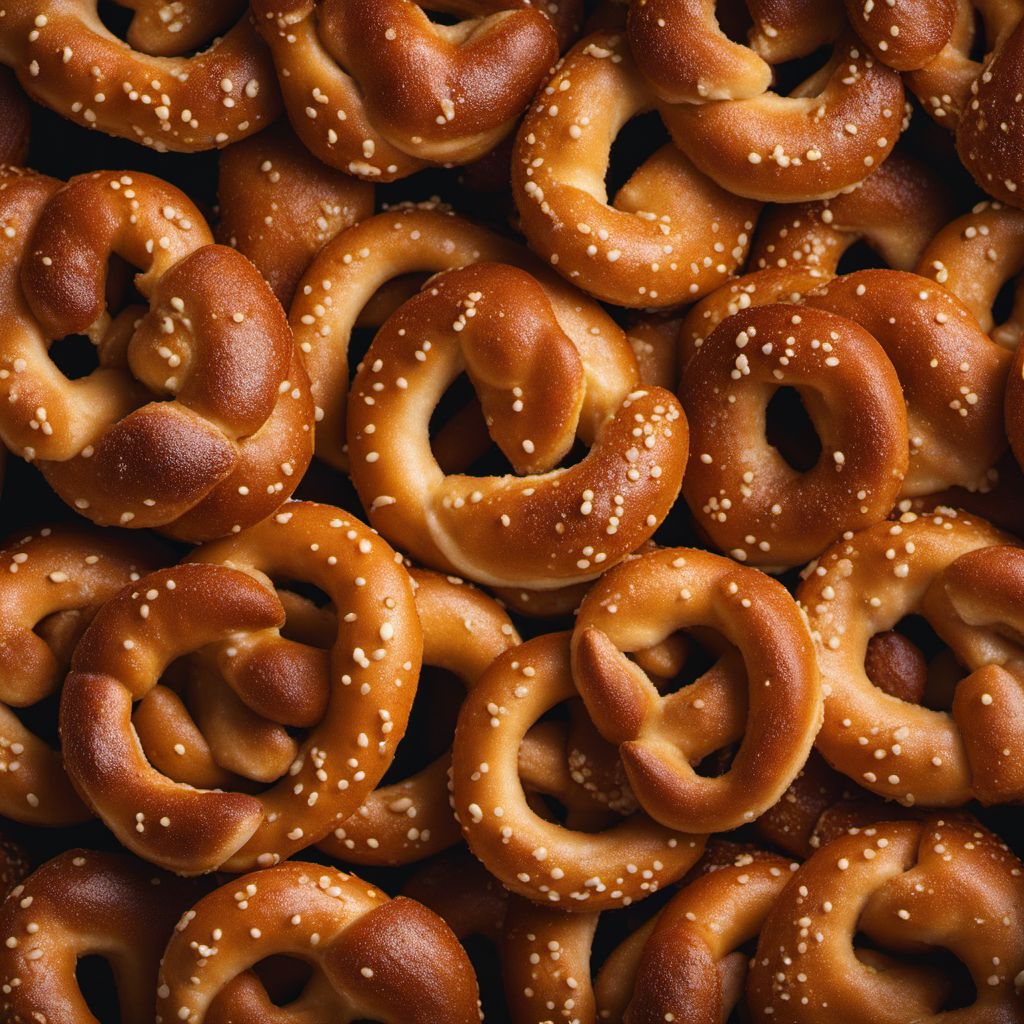
Ingredient
Pretzels
"Twisted Delights: Exploring the World of Pretzels"
Pretzels are baked bread products that are typically twisted into a knot-like shape. They have a firm and crunchy exterior, while the interior is soft and chewy. The dough is made from simple ingredients such as flour, water, yeast, and salt, which contribute to the distinct taste and texture of pretzels. The twisted shape not only adds visual appeal but also creates a greater surface area, resulting in a more satisfying crunch. Pretzels are often sprinkled with coarse salt before baking, enhancing their flavor and providing a delightful contrast to the dough's mild sweetness. They are available in various sizes, from bite-sized pretzel sticks to large, soft pretzels.
Origins and history
Pretzels have a fascinating history that dates back to the early Middle Ages. They are believed to have originated in Europe, particularly in Germany, where they were initially associated with Christian traditions. The shape of the pretzel is said to resemble a person crossing their arms in prayer, making it a symbol of good luck and spiritual significance. Over time, pretzels gained popularity and spread across Europe, becoming a staple snack in many countries. German immigrants brought pretzel-making techniques to the United States in the 18th century, where they became a beloved treat and eventually gained worldwide recognition.
Nutritional information
Pretzels are a relatively low-calorie snack, with approximately 110 calories per ounce. They are a good source of carbohydrates and provide a small amount of protein. However, they are also high in sodium, so it's important to consume them in moderation.
Allergens
Pretzels typically contain gluten, making them unsuitable for individuals with gluten intolerance or celiac disease.
How to select
When selecting pretzels, look for ones that are fresh and have a crisp texture. Avoid pretzels that appear stale or have a soft exterior. Check the packaging for any signs of damage or tampering. If purchasing from a bulk bin, ensure that the pretzels are stored in a clean and well-sealed container.
Storage recommendations
To maintain the freshness and quality of pretzels, store them in an airtight container or resealable bag. Keep them in a cool, dry place away from direct sunlight. Avoid exposing pretzels to moisture, as it can cause them to become stale or lose their crunchiness.
How to produce
Amateur bakers can produce pretzels by following a simple recipe that involves mixing flour, water, yeast, and salt to form a dough. The dough is then shaped into pretzel knots, boiled briefly in a baking soda solution, and baked until golden brown. With a little practice, anyone can enjoy the satisfaction of making homemade pretzels.
Preparation tips
Pretzels can be enjoyed as a standalone snack or used in various recipes. To enhance their flavor, warm pretzels in the oven for a few minutes before serving. Pretzels can be dipped in mustard, cheese sauce, or other condiments for added taste. They can also be crushed and used as a crunchy topping for salads or incorporated into baked goods such as pretzel bread or pretzel-crusted chicken.
Culinary uses
Pretzels are commonly enjoyed as a snack on their own, but they also have culinary uses. Crushed pretzels can be used as a coating for chicken or fish, adding a unique texture and flavor. Pretzel crumbs can be mixed with melted butter and used as a crust for cheesecakes or pie fillings. Pretzel pieces can be added to trail mixes or used as a topping for ice cream or yogurt.
Availability
Pretzels are widely available in grocery stores, supermarkets, and convenience stores worldwide. They are also commonly found in bakeries and specialty snack shops.
More ingredients from this category
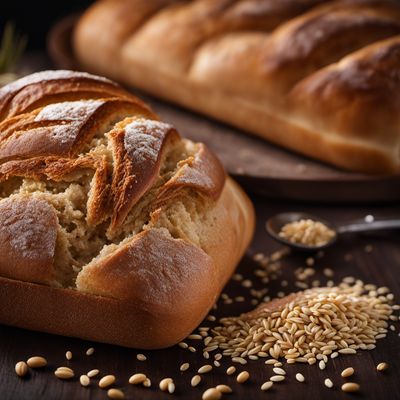
Wheat bread and rolls
The Wholesome Delight: Exploring the World of Wheat Bread and Rolls
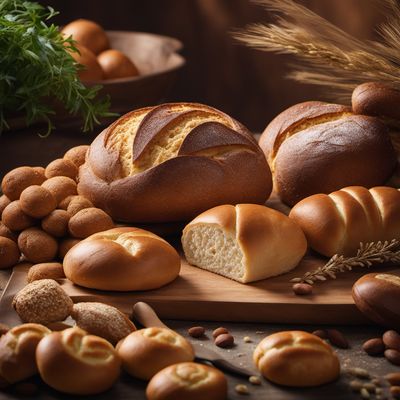
Bread and rolls with special ingredients added
Artisanal Breads: Elevating the Ordinary
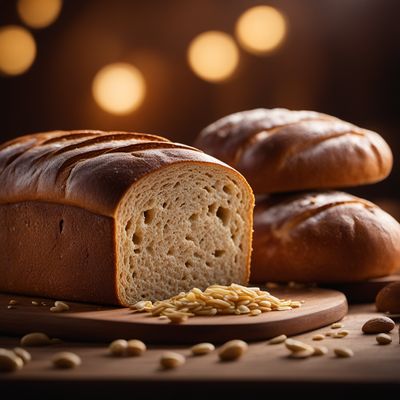
Rye only bread and rolls
"The Wholesome Delight: Exploring the World of Rye-Infused Breads and Rolls"
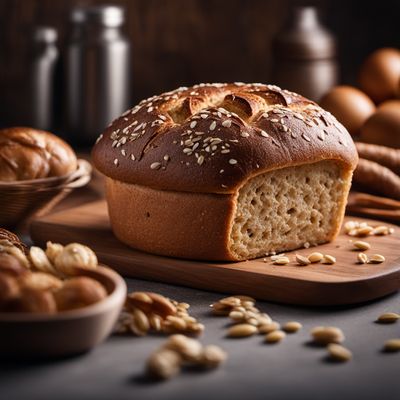
Multigrain bread and rolls
Wholesome Grains: Exploring the Nutritional Powerhouse of Multigrain Bread and Rolls
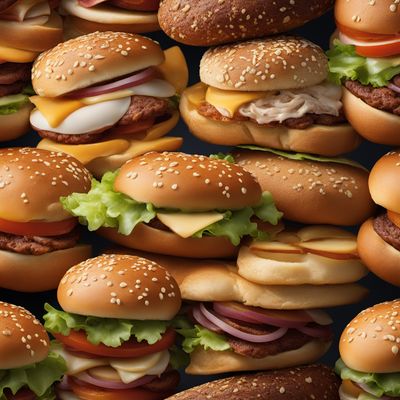
Sandwich bread (hamburger roll-type)
"Pillowy Perfection: The Versatile Hamburger Roll Bread"
Recipes using Pretzels

Authentic Bavarian Weißwürste
Bavarian Delight: Traditional Weißwürste with Mustard and Pretzels

Bavarian Eggs Benedict
Bavarian Delight: Traditional Eggs Benedict with a Bavarian Twist

Caldo de Bolas Adapted to the Cuisine of Philadelphia
Philly-inspired Meatball Soup: A Hearty Twist on a Classic Ecuadorian Dish

Bavarian Breakfast
Bavarian Morning Delight: A Hearty Start to Your Day
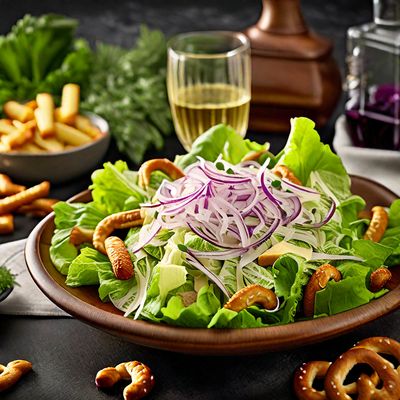
Bavarian Caesar Salad
Bavarian Twist on the Classic Caesar Salad

Bavarian Tapas
Bavarian Bites: A Taste of Bavaria in Every Bite

Bavarian Enchiladas
Bavarian Enchiladas: A Fusion of Mexican and Bavarian Flavors
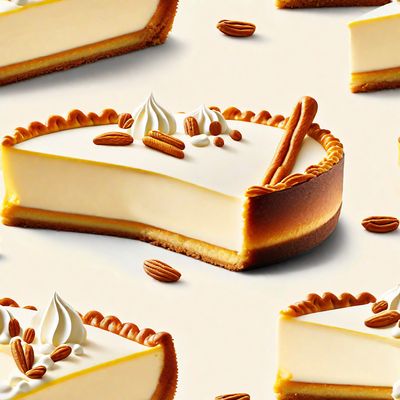
Bavarian-Style Cheesecake
Bavarian Bliss Cheesecake
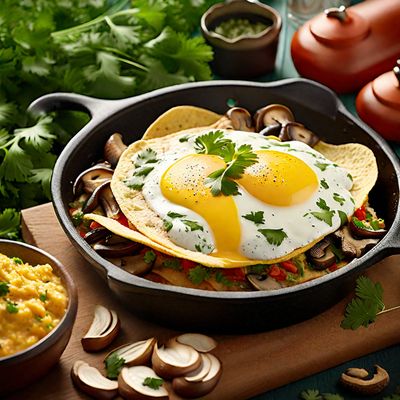
Bavarian-style Huevos Rancheros
Bavarian Breakfast Fiesta